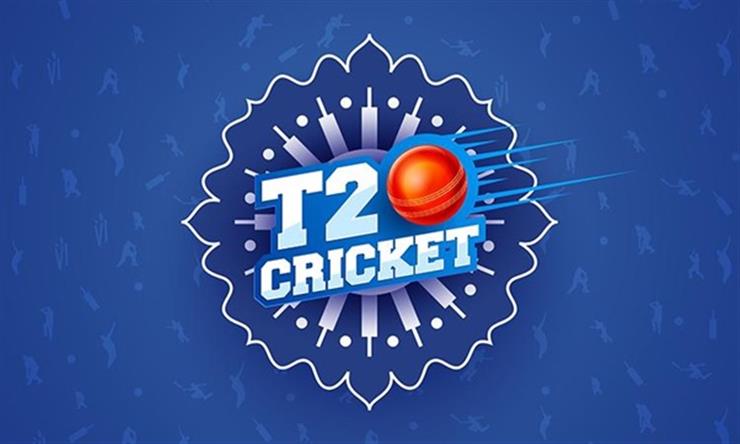How T20 has changed cricket forever

punjab news express
T20 cricket has indeed revolutionized the game in several ways, impacting both the playing style and the overall cricketing landscape. Let’s explore how this format has changed the traditional game:
- Changing Fan Preferences:
- T20 cricket has attracted a new generation of fans who seek instant gratification and excitement.
- The shorter duration and action-packed nature of T20 matches cater to the preferences of modern-day spectators, who often have limited time and attention spans.
- This shift in fan preferences has led to a decline in Test cricket viewership and attendance, as traditional matches require more time and patience.
- Evolution of Batting Techniques:
- Batsmen in T20 cricket are more inclined towards aggressive stroke play, focusing on power hitting and innovative shot-making.
- The need to score quickly in T20 matches has influenced batsmen to develop new skills, such as playing unconventional shots like the scoop, ramp, and switch-hit.
- While these techniques add excitement to the game, they have also led to changes in approach and shot selection in the longer formats, with batsmen becoming more aggressive even in Test matches.
- Emphasis on Fitness and Fielding:
- T20 cricket’s fast-paced nature demands athleticism and agility from players.
- Fielding standards have significantly improved, with players displaying remarkable athletic abilities, taking stunning catches, and effecting quick run-outs.
- The increased importance placed on fitness and fielding in T20 cricket has had a positive impact on the longer formats as well.
- Commercialization and Financial Impact:
- The rise of T20 cricket has brought significant commercial opportunities for the sport.
- Lucrative sponsorships, broadcast deals, and franchise-based leagues like the Indian Premier League (IPL) and Big Bash League (BBL) have contributed to the financial success of T20 cricket.
- However, this financial disparity has affected the growth and development of the traditional format, particularly in certain cricketing nations.
- Innovations in Bowling:
- T20 cricket has witnessed the emergence of new bowling strategies and variations aimed at restricting batsmen and taking wickets.
- Bowlers have developed skills like the slower ball, knuckleball, and yorker variations to counter the aggressive batting approaches in T20 matches.
In summary, T20 cricket has not only changed how the game is played but also how talent is found, developed, and measured. It has given players worldwide new ways to showcase their skills and has transformed cricket into a more vibrant, exciting, and universally engaging sport1. 🏏🔥
